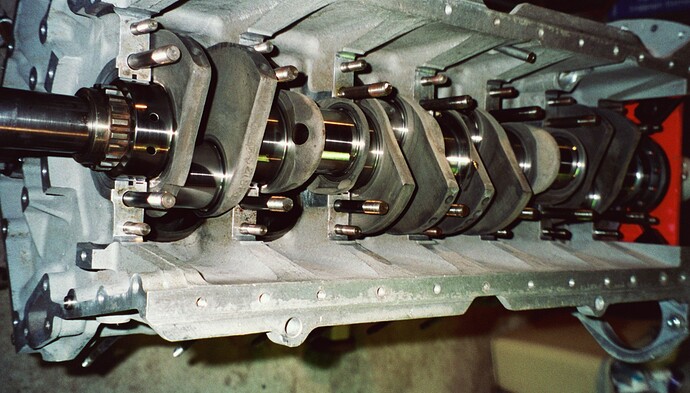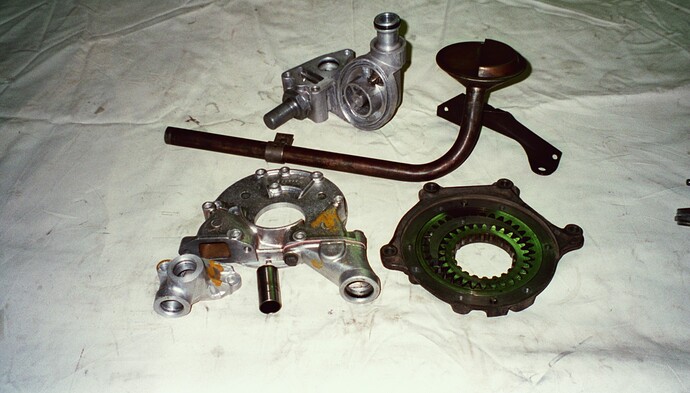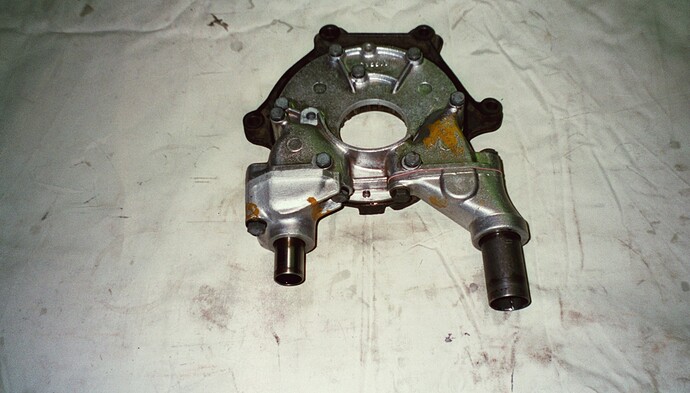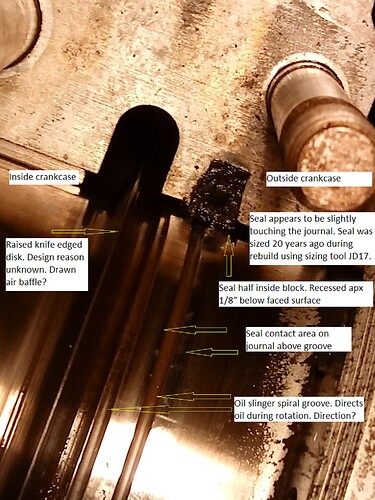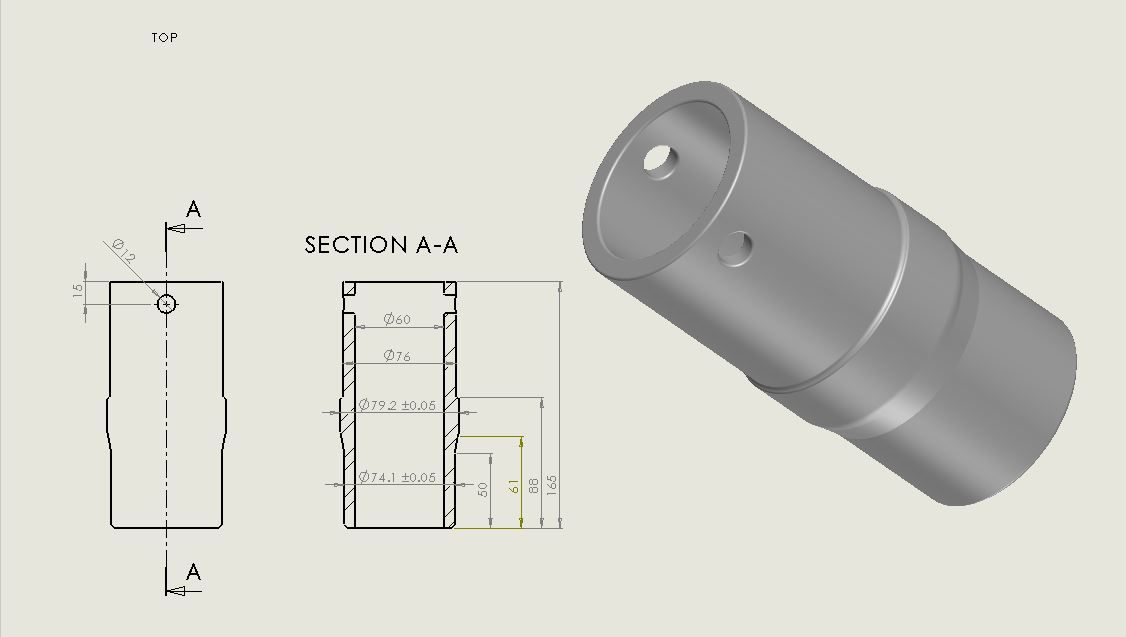Garry yes it’s been done before, but did those folks ever respond later in time as to the results? I still have concerns about sizing a rope seal properly in a case of the V12. If it’s not sized properly and is too tight is can burn not only the seal but the chrome on the crankshaft itself.
When I rebuilt this engine over 20 years ago I borrowed the sizing tool to do it right. I had to have help holding the crank several times in the process. That thing is a monster.
When I took it apart recently to fix the oil leak I didn’t know if the seal was the problem or not. It wasn’t. It was in excellent condition. In my case it was the side seals(hockey sticks) and the absence of sealing at the top of the cap to the block. Thanks to Kirby and the Book, I got it solved. I dreaded this task for years until finally got time(& courage) to do it.
I’ve done GM engines(283CI) before in-situ but those seals were the 2 piece lips seals designed with proper clearances and no sizing needed. The early V8’s(265CI) had rope seals and the “Sneaky Pete” tool and picks are used for those also, but as I recall those seals are already sized.
I’m a little unsure after re-reading all of your posts how much of the engine is disassembled, or is this all in for speculation in preparation for the possible task?
Regardless, I suppose you could try to change the rope seal on the V12 as you’ve described. Somehow you’d have to size it in “on the bench” with some kind of a mockup of the block/cap dimensions.
If the main concern is the timing gear movement I’d think by design the timing chain tensioner may allow enough movement at the angle needed to get main seal access. Of course the oil pump would have to be removed too.
Word of caution… I would NOT attempt to release the timing chain tensioner(using the tool). Once a old in-use-for-years tensioner is released it usually breaks at the plastic pivot joint.
But one thing to keep in mind, if you have this thing upside down with the heads still on and front cover off, etc. You’re really just a little further away(I say little kiddingly), from a complete teardown and rebuild.
If you decide to do the seal please post your process and results.
Rich
